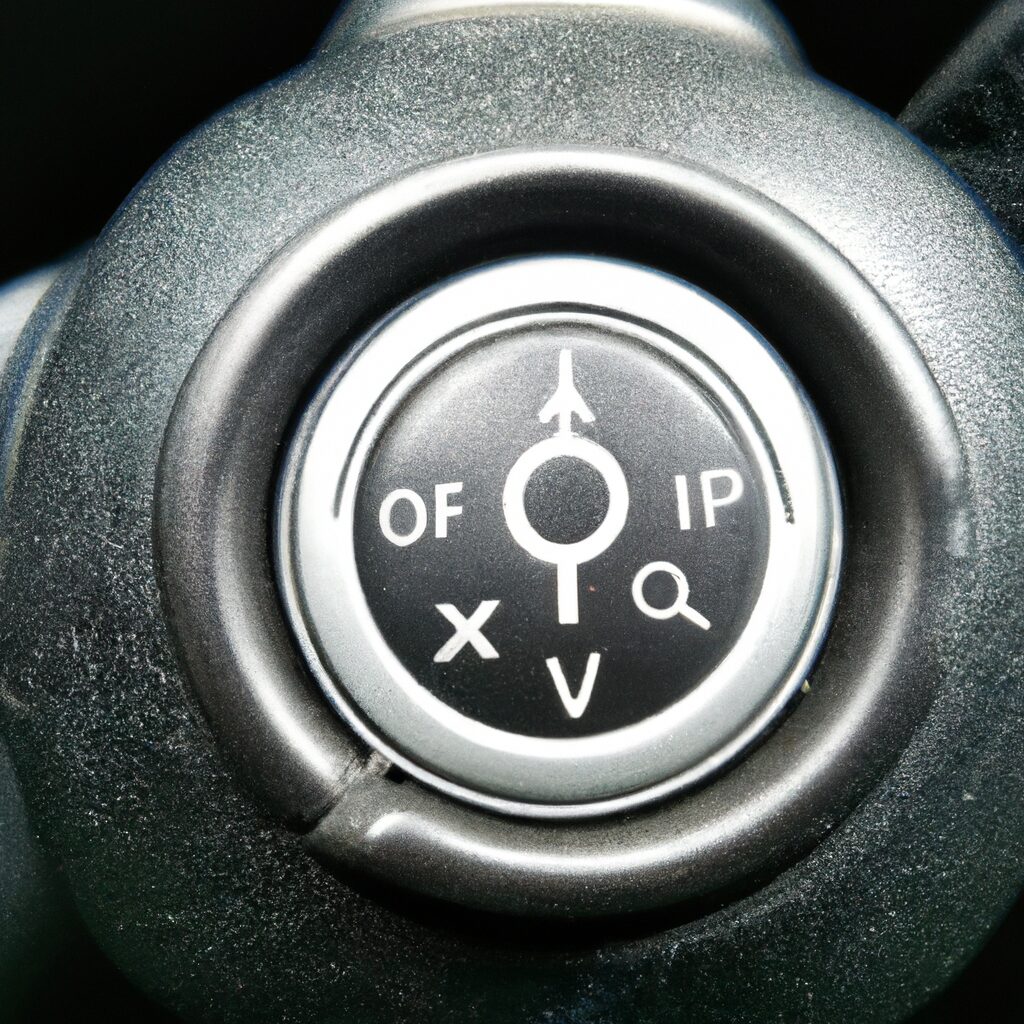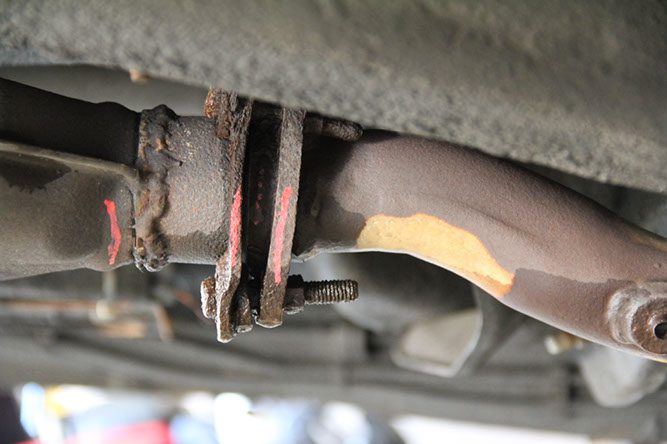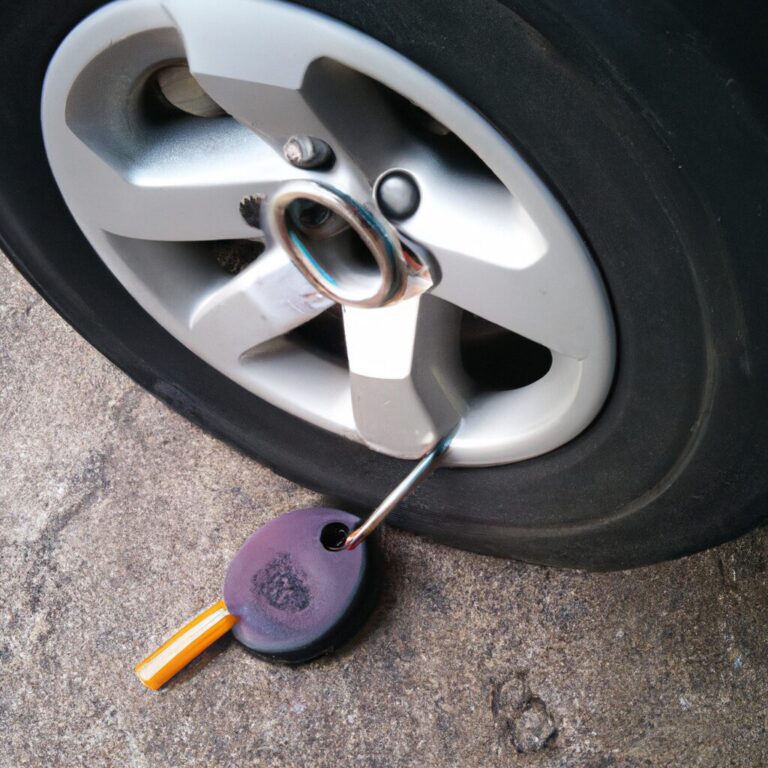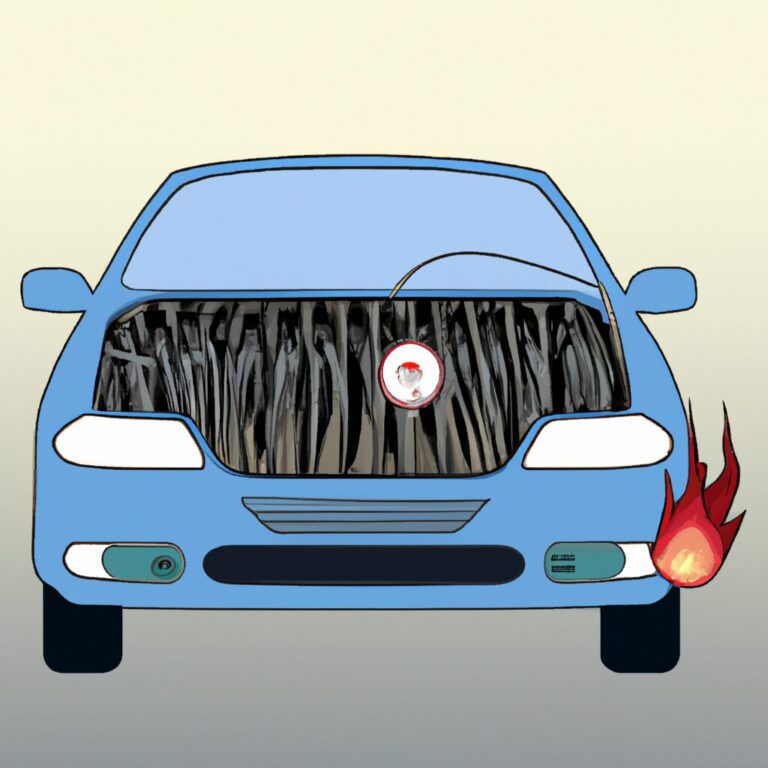power steering overflows when shut off
Introduction
Power steering overflows when shut off is a common issue that can occur in vehicles with power steering systems. This issue can be caused by a variety of factors, including a faulty power steering pump, a worn power steering belt, or a clogged power steering filter. When this happens, the power steering fluid can leak out of the system, causing a mess and potentially damaging the power steering system. In this article, we will discuss the causes of power steering overflows when shut off, as well as how to prevent and fix this issue.
What Causes Power Steering Overflow When Shut Off?
Power steering overflow when shut off is caused by a malfunctioning power steering pump. The power steering pump is responsible for providing hydraulic pressure to the power steering system, allowing the driver to turn the steering wheel with ease. When the power steering pump malfunctions, it can cause the power steering fluid to overheat and expand, leading to an overflow of fluid when the engine is shut off. This can be caused by a variety of issues, including a worn or damaged power steering pump, a clogged power steering filter, or a low level of power steering fluid. In some cases, the power steering system may be leaking, which can also lead to an overflow of fluid when the engine is shut off. In order to prevent power steering overflow when shut off, it is important to regularly inspect and maintain the power steering system, including checking the power steering fluid level and replacing any worn or damaged components.
How to Diagnose and Repair Power Steering Overflow When Shut Off
Power steering overflow is a common problem that can occur when a vehicle is shut off. It is caused by a buildup of pressure in the power steering system, which can cause fluid to leak out of the reservoir. If left unchecked, this can lead to further damage to the system and potentially costly repairs. Fortunately, diagnosing and repairing power steering overflow is relatively straightforward.
The first step in diagnosing power steering overflow is to check the power steering fluid level. If the fluid level is low, it is likely that the system is leaking. To confirm this, inspect the power steering reservoir for any signs of fluid leakage. If there is a leak, it is important to identify the source and repair it as soon as possible.
Once the source of the leak has been identified, the next step is to repair the leak. This can be done by replacing the leaking component or by sealing the leak with a sealant. If the leak is caused by a worn or damaged component, it is important to replace it with a new one.
Once the leak has been repaired, the next step is to check the power steering system for any other issues. This includes checking the power steering pump, hoses, and other components for any signs of wear or damage. If any of these components are worn or damaged, they should be replaced.
Finally, it is important to check the power steering fluid level again. If the fluid level is still low, it is likely that the system is still leaking. If this is the case, it is important to repeat the steps above to identify and repair the leak.
By following these steps, it is possible to diagnose and repair power steering overflow when shut off. Doing so can help to prevent further damage to the system and ensure that the vehicle runs smoothly.
Common Causes of Power Steering Overflow When Shut Off
Power steering overflow when shut off is a common issue that can be caused by a variety of factors. The most common causes of power steering overflow when shut off include a faulty power steering pump, a worn out power steering belt, a clogged power steering filter, a damaged power steering hose, or a leaking power steering reservoir.
A faulty power steering pump can cause power steering fluid to leak out of the system when the engine is shut off. This is because the pump is not able to maintain the correct pressure in the system, causing the fluid to escape.
A worn out power steering belt can also cause power steering fluid to leak out of the system when the engine is shut off. This is because the belt is not able to maintain the correct tension in the system, causing the fluid to escape.
A clogged power steering filter can also cause power steering fluid to leak out of the system when the engine is shut off. This is because the filter is not able to filter out the contaminants in the system, causing the fluid to escape.
A damaged power steering hose can also cause power steering fluid to leak out of the system when the engine is shut off. This is because the hose is not able to contain the pressure in the system, causing the fluid to escape.
Finally, a leaking power steering reservoir can also cause power steering fluid to leak out of the system when the engine is shut off. This is because the reservoir is not able to contain the fluid in the system, causing the fluid to escape.
If you are experiencing power steering overflow when shut off, it is important to have the issue diagnosed and repaired as soon as possible to prevent further damage to the system.
How to Prevent Power Steering Overflow When Shut Off
Power steering overflow can be a major issue for vehicle owners, as it can cause damage to the power steering system and lead to costly repairs. Fortunately, there are a few steps that can be taken to help prevent power steering overflow when the vehicle is shut off.
The first step is to ensure that the power steering fluid level is at the correct level. This should be checked regularly, as low fluid levels can cause the power steering pump to overheat and cause the fluid to overflow. If the fluid level is low, it should be topped up with the correct type of power steering fluid.
The second step is to check the power steering system for any signs of leaks. If any leaks are found, they should be repaired as soon as possible to prevent further damage to the system.
The third step is to ensure that the power steering system is properly maintained. This includes checking the hoses and belts for any signs of wear and tear, and replacing them if necessary. It is also important to check the power steering fluid for any signs of contamination, and to replace it if necessary.
Finally, it is important to ensure that the power steering system is not overworked. If the vehicle is driven for long periods of time, the power steering system can become overworked and cause the fluid to overflow. To prevent this, it is important to take regular breaks while driving and to avoid making sharp turns or sudden stops.
By following these steps, vehicle owners can help to prevent power steering overflow when the vehicle is shut off. This will help to ensure that the power steering system remains in good condition and that costly repairs are avoided.
The Benefits of Regular Power Steering Fluid Flushes
Regular power steering fluid flushes are an important part of maintaining the health of your vehicle. Power steering fluid is a hydraulic fluid that helps to lubricate the power steering system, allowing it to operate smoothly and efficiently. Over time, the fluid can become contaminated with dirt, debris, and other contaminants, which can cause the system to become sluggish and less responsive. Regular flushes can help to keep the system clean and running smoothly.
The primary benefit of regular power steering fluid flushes is improved performance. When the fluid is clean and free of contaminants, the power steering system will be able to operate more efficiently. This can result in improved steering response, smoother operation, and better fuel economy. Additionally, clean fluid can help to reduce wear and tear on the system, which can help to extend its lifespan.
Another benefit of regular power steering fluid flushes is improved safety. When the system is operating efficiently, it can help to reduce the risk of accidents due to poor steering response. Additionally, clean fluid can help to reduce the risk of system failure, which can be dangerous if it occurs while driving.
Finally, regular power steering fluid flushes can help to reduce maintenance costs. When the system is clean and free of contaminants, it can help to reduce the need for repairs and replacements. This can help to save money in the long run.
Overall, regular power steering fluid flushes are an important part of maintaining the health of your vehicle. They can help to improve performance, safety, and reduce maintenance costs. For these reasons, it is important to have your power steering fluid flushed regularly.
How to Tell If Your Power Steering Fluid Needs to Be Replaced
Power steering fluid is an important component of your vehicle’s power steering system. It helps to lubricate the system and keep it running smoothly. Over time, the fluid can become contaminated or break down, leading to a decrease in performance and potential damage to the system. It is important to check your power steering fluid regularly and replace it when necessary.
To determine if your power steering fluid needs to be replaced, you should first check the fluid level. If the fluid is low, it may be a sign that it needs to be topped up or replaced. You should also check the color of the fluid. If it is dark or has a burnt smell, it is likely that it needs to be replaced.
Another way to tell if your power steering fluid needs to be replaced is to look for signs of leakage. If you notice any fluid on the ground or on the power steering system components, it is likely that the fluid needs to be replaced.
Finally, you should also check the performance of your power steering system. If you notice any difficulty in turning the steering wheel or if the steering wheel feels stiff, it could be a sign that the power steering fluid needs to be replaced.
By regularly checking your power steering fluid and replacing it when necessary, you can help to ensure that your power steering system is running smoothly and efficiently.
The Dangers of Ignoring Power Steering Overflow When Shut Off
The power steering system in a vehicle is a complex and important component that helps to make driving easier and more comfortable. However, if the system is not properly maintained, it can lead to serious problems. One of the most dangerous issues that can arise from neglecting the power steering system is an overflow when the system is shut off.
When the power steering system is shut off, the fluid in the system can become pressurized and cause an overflow. This overflow can be dangerous for several reasons. First, the fluid can leak onto hot engine components, which can cause a fire. Second, the fluid can leak onto the ground, creating a slippery surface that can lead to a dangerous driving situation. Finally, the fluid can leak onto the brakes, which can cause them to malfunction and lead to an accident.
In order to prevent an overflow when the power steering system is shut off, it is important to regularly check the fluid levels and top off the system as needed. Additionally, it is important to inspect the system for any signs of wear or damage, such as leaks or cracks. If any of these issues are present, it is important to have them repaired as soon as possible in order to avoid an overflow when the system is shut off.
Overall, it is important to take proper care of the power steering system in order to avoid an overflow when the system is shut off. Regularly checking the fluid levels and inspecting the system for any signs of wear or damage can help to ensure that the system is functioning properly and that an overflow does not occur. Ignoring the power steering system can lead to dangerous and potentially deadly consequences, so it is important to take the necessary steps to keep it in good working order.
How to Properly Maintain Your Power Steering System to Avoid Overflow When Shut Off
Power steering systems are essential components of modern vehicles, providing drivers with the ability to easily maneuver their vehicles. However, if not properly maintained, power steering systems can suffer from overflow when shut off. To avoid this, it is important to take the necessary steps to properly maintain your power steering system.
First, it is important to regularly check the power steering fluid level. This should be done at least once a month, or more often if you notice any changes in the way your vehicle handles. If the fluid level is low, it should be topped off with the appropriate type of power steering fluid.
Second, it is important to check the power steering hoses for any signs of wear or damage. If any cracks or leaks are found, the hoses should be replaced immediately.
Third, it is important to check the power steering pump for any signs of wear or damage. If any problems are found, the pump should be replaced.
Finally, it is important to check the power steering system for any signs of air bubbles. If any air bubbles are found, the system should be bled to remove them.
By following these steps, you can ensure that your power steering system is properly maintained and avoid any overflow when shut off.
Q&A
1. What causes power steering fluid to overflow when the engine is shut off?
Power steering fluid can overflow when the engine is shut off due to a faulty power steering pump, a worn or damaged power steering belt, or a clogged power steering system.
2. How can I tell if my power steering fluid is overflowing?
If you notice a puddle of fluid underneath your vehicle, it is likely that your power steering fluid is overflowing. You may also notice a burning smell or hear a squealing noise coming from the power steering system.
3. What should I do if my power steering fluid is overflowing?
If your power steering fluid is overflowing, you should take your vehicle to a qualified mechanic to have it inspected and repaired.
4. Is it dangerous to drive with an overflowing power steering fluid?
Yes, it is dangerous to drive with an overflowing power steering fluid. The fluid can leak onto hot engine components, causing a fire hazard.
5. How often should I check my power steering fluid?
It is recommended that you check your power steering fluid at least once a month.
6. What type of power steering fluid should I use?
You should use the type of power steering fluid recommended by your vehicle’s manufacturer.
7. How often should I change my power steering fluid?
It is recommended that you change your power steering fluid every 30,000 miles or every two years, whichever comes first.
8. Can I add power steering fluid myself?
Yes, you can add power steering fluid yourself. However, it is best to have a qualified mechanic inspect and repair any issues with your power steering system before adding fluid.
Conclusion
In conclusion, power steering overflows when shut off can be a serious issue that can lead to costly repairs. It is important to check the power steering fluid levels regularly and to have any leaks or other issues addressed as soon as possible. If the power steering fluid is not changed regularly, it can lead to a buildup of dirt and debris that can clog the system and cause the power steering to overflow when shut off. Taking the necessary steps to maintain the power steering system can help to prevent this issue from occurring.




